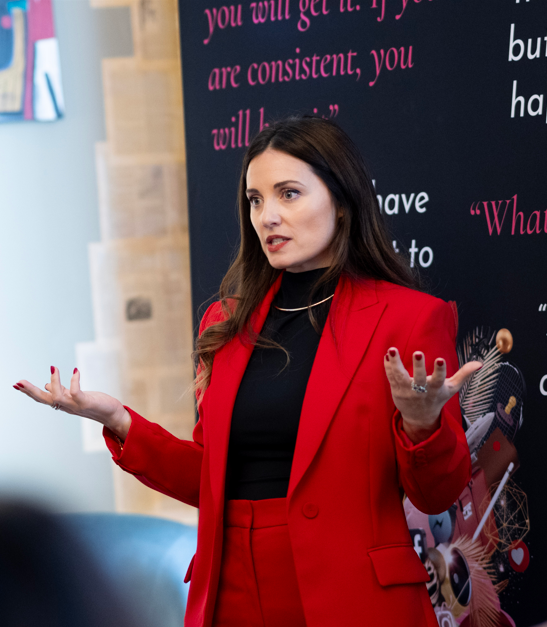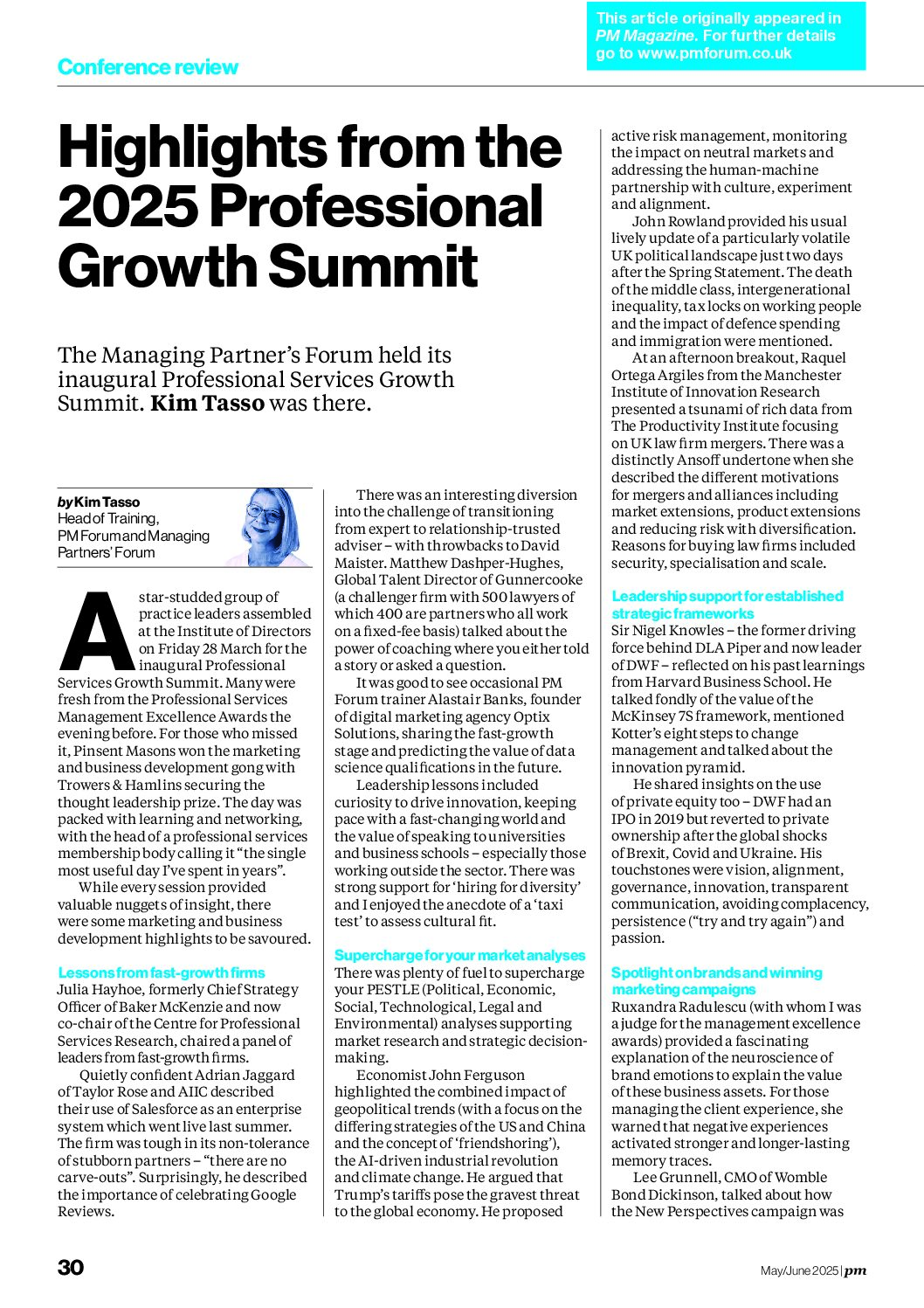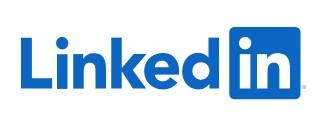At a recent MBL “Developing more work from referrers and intermediaries” training workshop in Bristol (see https://www.mblseminars.com/outline?progid=5770 for future dates and locations), the delegates identified two themes that would shape their future strategy.
Referrer management – Back to basics
The first part of the session focussed on “Thinking and Planning”. This meant tackling the basic planning tasks outlined during the session which might include:
- Analyse the work received from and given to current referrers (including grading and prioritising existing relationships)
- Establish internal systems to monitor referrer activity and capture and share knowledge currently in the heads of partners
- Set goals and targets for what was to be achieved with referrers
- Agree an overall strategy (e.g. focus on a few exclusive arrangements or spread the net wider, identify a specific issue/service to promote etc)
- Streamline policies, procedures and rewards to align with the goals
- Position the firm in the relevant market by clarifying key messages and value propositions and creating a communications campaign
- Develop plans to develop existing and win new referrers
- Provide communication and training programmes to engage and prepare the internal audience
- Monitor process and results and communicate results and refinements
Referrer management – Using social media
The second part of the session on “Doing – Building strong and profitable relationships” examined a range of different strategies and tactics. Most interest was generated in the digital marketing and social media session.
Some delegates had only considered the use of digital marketing and social media as a means to actively promote the firm’s services and messages to existing and potential clients. That is, they consider social media primarily as a means of “push” direct marketing. However, we considered its role in indirect marketing (“pull marketing”) where you develop a specific campaign to target a referrer segment (for example, solicitors, barristers, accountants, IFAs, charities, banks etc) and integrate marketing, selling and relationship management activities.
So we explored the potential contribution of social media by the firm, departments and teams as well as individual fee-earners in referrer management through activities – primarily on LinkedIn and Twitter – such as:
- Ensure key messages (and key words) are incorporated into fee-earner profiles
- Encourage fee-earners to update their status regularly – particularly about attendance at imminent networking events and blogs highlighting issues of interest. This helps them stay “front of mind” with numerous referrers to whom they are connected
- Identify the clients, contacts and other professional contacts of referrers from their posts to mention and explore at future meetings
- Establish “watch” lists to monitor activities of key referrers – perhaps even to trigger personal interactions
- Monitor newsfeeds to deepen knowledge of the aims, activities and services of key referrers
- Identify new contacts in referrer organisations where relationships should be established
- Use information gleaned from referrer social media accounts to prompt telephone, email or face-to-face contact
- Share expertise and information about colleagues in other teams in order to remind referrers of the range of services available (using the bow ties to diamond model to avoid pigeon-holing)
- Remain on the radar of referrers with whom there is less activity
- Like, comment upon and share information from referrers with client and contact communities as a means of reciprocating
- Position within and reach new referrer markets through participation in specific groups and discussions









